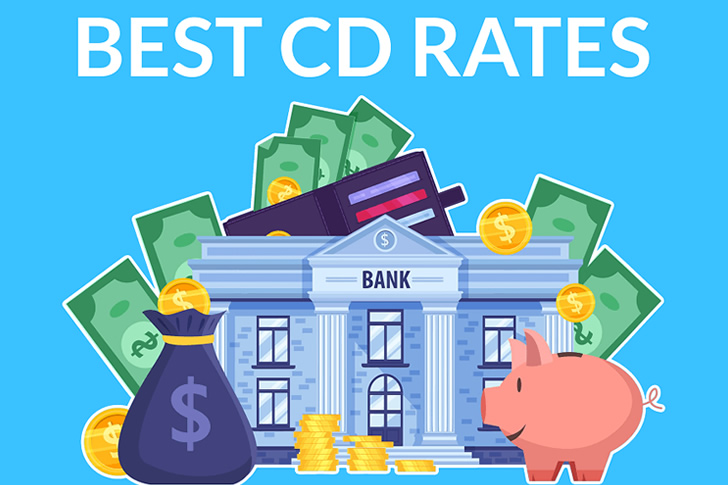Maximizing Savings with Optimal CD Rates and Interest Strategies
When it comes to growing your savings, understanding CD rates and interest strategies can make a significant difference.

Understanding CD Rates
What are CD Rates?
Certificates of Deposit (CDs) are fixed-term investments offered by banks and credit unions, typically offering higher interest rates than regular savings accounts. The rate you get depends on the term length and the issuing institution. Understanding current CD rates is essential for maximizing your returns.
Current CD Rates Trends
Keeping an eye on interest rate trends can help you lock in the top CD rates. Interest rates fluctuate based on various factors, including Federal Reserve policies and economic conditions. Visiting financial websites or directly contacting banks will give you updated information.
Comparing CD Rates Across Institutions
Not all banks offer the same CD rates. Comparing rates across multiple institutions will help you find the highest returns. Many online financial platforms provide comparison tools to make this process easier.
Maximizing Interest
Compounding Interest
Interest on CDs typically compounds either daily, monthly, or annually. The more frequently interest is compounded, the more you earn. Naturally, a CD that compounds daily will yield higher returns compared to one that compounds annually.
Laddering Strategy
A laddering strategy involves dividing your investment into several CDs with different maturity dates. This technique provides liquidity, steady interest rates, and minimizes the risk associated with changing interest rates. For instance, if you have $10,000 to invest, you could place $2,000 each in CDs with 1, 2, 3, 4, and 5-year terms.
Interest Rate Promotions
Some banks periodically offer promotional interest rates on CDs. These rates are often higher than standard offerings but may come with specific requirements, such as higher minimum deposits or restricted withdrawal terms. Take advantage of these promotions to boost your earnings.
Boosting Your Savings
Regular Contributions
Even though CDs require a lump sum investment at the outset, maintaining good savings habits is critical. Regularly depositing funds into a high-interest savings account can accumulate significant wealth over time.
Emergency Fund Considerations
Ensure you have an emergency fund in place before locking your money in CDs. CDs usually impose penalties for early withdrawals, so having liquid cash for emergencies prevents financial strain.
Diversifying Investments
While CDs are low-risk, they should only be a part of your overall savings strategy. Diversifying your investments across other vehicles such as stocks, bonds, and mutual funds can offer higher returns and spread risk.
Reinvesting CD Returns
When your CD matures, consider reinvesting the returns into a new CD or another high-yield investment. This practice keeps your money working for you continuously, maximizing good growth.
Mistakes to Avoid
Ignoring Terms and Conditions
Each CD comes with specific terms and conditions regarding minimum deposits, compounding frequency, and penalties for early withdrawals. Overlooking these can cost you money and reduce the overall returns on your investment.
Not Account Shopping
Relying on your current bank for the top CD rates might limit your earning potential. Always compare rates from various banks, including online banks, which often offer more competitive rates.
Overlooking Tax Implications
Interest earnings from CDs are taxable. Be prepared for the tax implications and consider holding your CD in a tax-advantaged account, like an IRA if it fits your financial situation.
Conclusion
Maximizing your savings with optimal CD rates and interest strategies requires understanding and a well-planned approach. By staying informed about current CD rates, employing strategic practices like laddering, and diversifying your investments, you can significantly boost your savings and reach your financial goals. Always review the fine print and consult with a financial advisor to ensure your strategy aligns with your good objectives.










